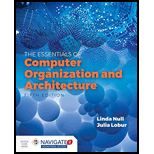
JK flip flop:
- JK stands for “Jack Kilby” who invented the integrated circuit. It is similar to SR flip flop but when the “J” and “K” inputs are both 0, there is no modification in the state.
- When the “J” and “K” inputs are both 1 at the clock edge then the output will toggle from one state to another state.
Circuit diagram:
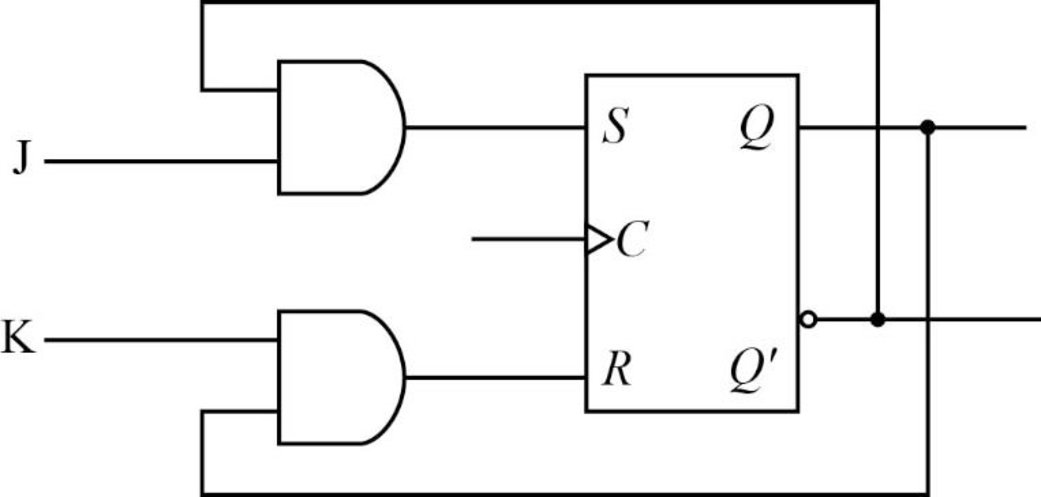
Truth table:
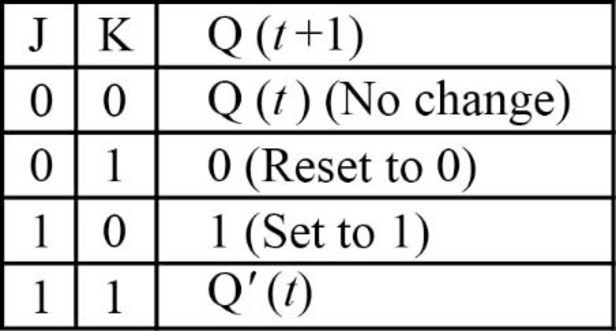
Explanation:
In order to avoid undefined as an output value, the user must eliminate the condition at the very source by ensuring that both inputs never have the value “1”. This is done by creating an extension to the circuit where inputs to the SR are filtered to remove the possibility that both values are “1”. For this reason the JK flip flop often to prefer the SR flip flop.
D flip flop:
One type of a flip flop which truly reflects how the computer storage works is the D flip flop, which is a sequential circuit. It stores one bit of information. The value stored in D flip flop is same as the input.
Circuit diagram:
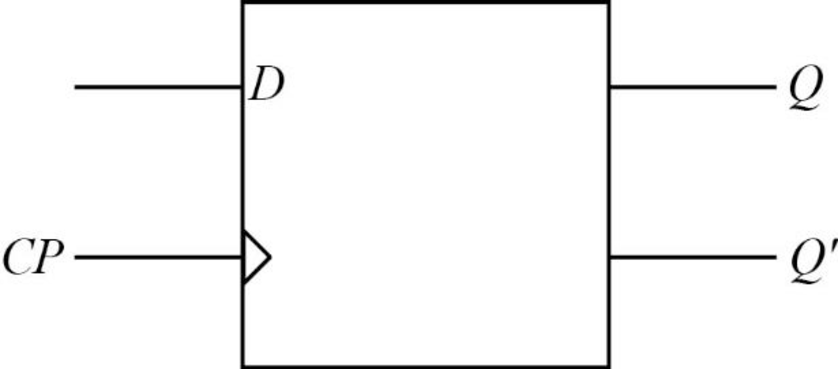
Truth table:
| D | Output (Q(t + 1)) |
| 0 | 0 |
| 1 | 1 |
XOR gate:
The “X” in the XOR gate means “exclusive”. The result of the XOR gate will be 1, if any one of the input is 1 and 0 if both the inputs are 1 or 0.
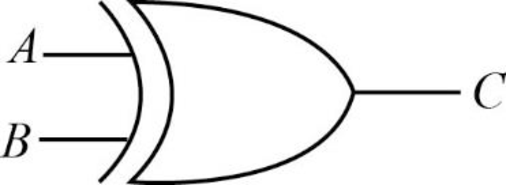
The truth table for XOR gate is given below:
| A | B | C = A XOR B |
| 0 | 0 | 0 |
| 0 | 1 | 1 |
| 1 | 0 | 1 |
| 1 | 1 | 0 |
Here, the Boolean expression of “A XOR B” gives 0 if both the inputs are 0 or 1 and 1 if any one of the input is 1.
Want to see the full answer?
Check out a sample textbook solution
Chapter 3 Solutions
Essentials of Computer Organization and Architecture
- Brand managers know that increasing promotional budgets eventually result in diminishing returns. The first one million dollars typically results in a 26% increase in awareness, while the second million results in adding another 18% and the third million in a 5% increase. Andrews’s product Alan currently has an awareness level of 80% . While an important product for Andrews, Alan’s promotion budget will be reduced to one million dollars for the upcoming year. Assuming that Alan loses one-third of its awareness each year, what will Alan’s awareness level be next year? a) 79% b) 53% c) 74% d) 58%arrow_forwardDo not use A.I and solve completelyarrow_forwardSolve thisarrow_forward
- Specifications: Part-1Part-1: DescriptionIn this part of the lab you will build a single operation ALU. This ALU will implement a bitwise left rotation. Forthis lab assignment you are not allowed to use Digital's Arithmetic components.IF YOU ARE FOUND USING THEM, YOU WILL RECEIVE A ZERO FOR LAB2!The ALU you will be implementing consists of two 4-bit inputs (named inA and inB) and one 4-bit output (named out). Your ALU must rotate the bits in inA by the amount given by inB (i.e. 0-15).Part-1: User InterfaceYou are provided an interface file lab2_part1.dig; start Part-1 from this file.NOTE: You are not permitted to edit the content inside the dotted lines rectangle.Part-1: ExampleIn the figure above, the input values that we have selected to test are inA = {inA_3, inA_2, inA_1, inA_0} = {0, 1, 0,0} and inB = {inB_3, inB_2, inB_1, inB_0} = {0, 0, 1, 0}. Therefore, we must rotate the bus 0100 bitwise left by00102, or 2 in base 10, to get {0, 0, 0, 1}. Please note that a rotation left is…arrow_forwardHow can I perform Laplace Transformation when using integration based on this? Where we convert time-based domain to frequency domainarrow_forwardwhat would be the best way I can explain the bevhoirs of Laplace and Inverse Transofrmation In MATLAB.arrow_forward
- What IETF protocol is NetFlow associated with? Group of answer choices IPX/SPX IPIX HTTPS SSHarrow_forwardHow can I perform Laplace Transformation when using integration based on this?arrow_forwardWrite an example of a personal reflection of your course. - What you liked about the course. - What you didn’t like about the course. - Suggestions for improvement. Course: Information and Decision Sciences (IDS) The Reflection Paper should be 1 or 2 pages in length.arrow_forward
 Database System ConceptsComputer ScienceISBN:9780078022159Author:Abraham Silberschatz Professor, Henry F. Korth, S. SudarshanPublisher:McGraw-Hill Education
Database System ConceptsComputer ScienceISBN:9780078022159Author:Abraham Silberschatz Professor, Henry F. Korth, S. SudarshanPublisher:McGraw-Hill Education Starting Out with Python (4th Edition)Computer ScienceISBN:9780134444321Author:Tony GaddisPublisher:PEARSON
Starting Out with Python (4th Edition)Computer ScienceISBN:9780134444321Author:Tony GaddisPublisher:PEARSON Digital Fundamentals (11th Edition)Computer ScienceISBN:9780132737968Author:Thomas L. FloydPublisher:PEARSON
Digital Fundamentals (11th Edition)Computer ScienceISBN:9780132737968Author:Thomas L. FloydPublisher:PEARSON C How to Program (8th Edition)Computer ScienceISBN:9780133976892Author:Paul J. Deitel, Harvey DeitelPublisher:PEARSON
C How to Program (8th Edition)Computer ScienceISBN:9780133976892Author:Paul J. Deitel, Harvey DeitelPublisher:PEARSON Database Systems: Design, Implementation, & Manag...Computer ScienceISBN:9781337627900Author:Carlos Coronel, Steven MorrisPublisher:Cengage Learning
Database Systems: Design, Implementation, & Manag...Computer ScienceISBN:9781337627900Author:Carlos Coronel, Steven MorrisPublisher:Cengage Learning Programmable Logic ControllersComputer ScienceISBN:9780073373843Author:Frank D. PetruzellaPublisher:McGraw-Hill Education
Programmable Logic ControllersComputer ScienceISBN:9780073373843Author:Frank D. PetruzellaPublisher:McGraw-Hill Education





